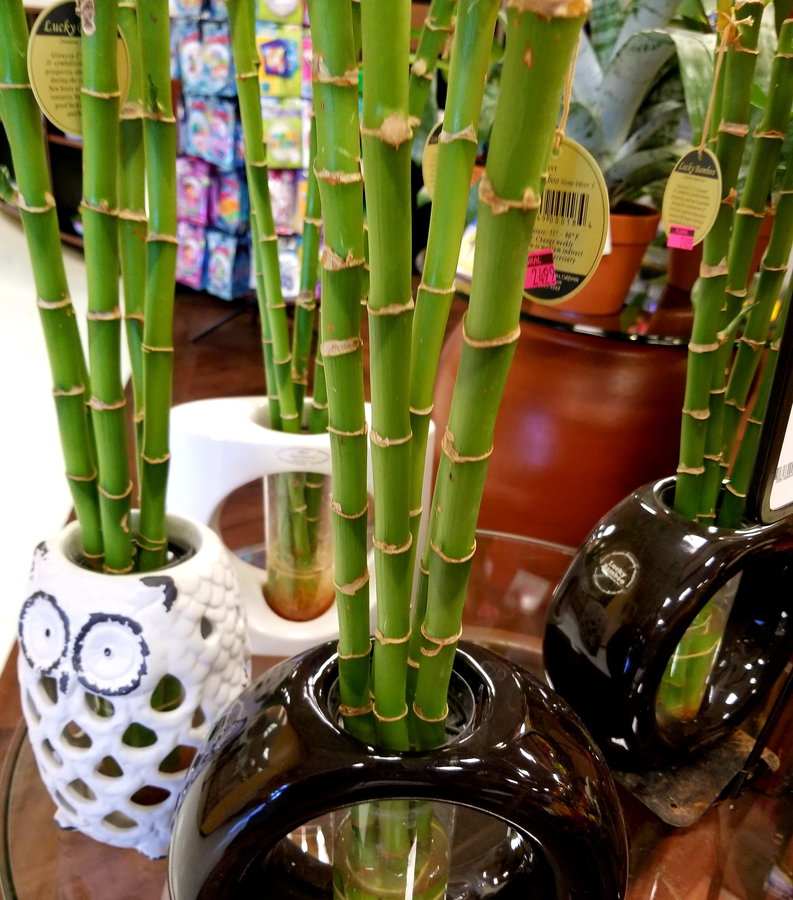
In the world of indoor plants, bamboo holds a special place. Its sleek elegance and unique aesthetics make it a popular choice amongst interior designers and plant enthusiasts. Bamboo is not just a beautiful plant to look at; it also carries deep historical significance and symbolism. Here, we’ll delve into the enchanting world of bamboo, exploring its history, symbolism, and providing a comprehensive guide to potting and caring for this remarkable indoor plant.
A Journey Through Time: The History of Bamboo
Bamboo, though native to East Asia and some parts of Africa, has been embraced by cultures worldwide over centuries. It was first used in ancient China around 5000 BC, mainly for construction due to its strength and resilience. It soon made its way into various aspects of life, from musical instruments to paper and food.
In Japan, bamboo played a crucial role in spiritual and aesthetic realms, shaping art, architecture, and gardens. It was also integral in the crafting of weapons, tools, and daily utensils.
Symbolism and Meaning of Bamboo
Bamboo holds profound symbolism in different cultures. In Chinese culture, it’s one of the ‘Four Gentlemen’, symbolizing virtues like integrity, flexibility, and resilience. Its ability to bend without breaking resonates with the philosophy of adapting to circumstances while maintaining one’s inner strength.
The ‘Lucky Bamboo’, though not a true bamboo but a member of the Dracaena family, is hugely popular in Feng Shui. It’s believed to bring good fortune, prosperity, and positive energy to any space.
Potting Your Indoor Bamboo Plant
Choosing the right pot is the first step towards growing a healthy indoor bamboo plant. A well-draining pot will prevent excess water from stagnating, which could lead to root rot. Bamboo prefers shallow pots to deeper ones, as it has a relatively flat root system.
When potting, ensure you choose a well-drained soil, preferably a sandy-loam type. Add a layer of small pebbles at the bottom of the pot for extra drainage, and position the bamboo plant in the center, adding soil until it’s level with the top of the pot. Firm the soil around the plant to secure it and water thoroughly.
Caring for Your Indoor Bamboo Plant
Bamboo is known for its hardiness, but it still requires certain conditions to thrive indoors. Here’s how to ensure your plant stays healthy:
Light: Bamboo loves bright, indirect light. Avoid placing it under direct sunlight as it could lead to leaf scorching.
Water: While bamboo enjoys moist soil, overwatering can lead to root rot. It’s best to water it when the top inch of the soil feels dry. If you’re growing a ‘Lucky Bamboo’, it can grow in water alone, but it requires changing the water every week to prevent bacterial growth.
Temperature and Humidity: Bamboo thrives in temperatures between 60°F and 75°F. It also prefers high humidity, so consider misting the plant regularly or placing it on a tray of pebbles filled with water.
Feeding: Bamboo is not a heavy feeder. A balanced liquid houseplant fertilizer every month during the growing season (spring to early fall) should suffice.
Bamboo, with its rich history and meaning, not only enhances the aesthetics of your indoor space but also introduces a sense of serenity and positive energy. Understanding how to pot and care for this resilient plant will ensure it grows healthily, bringing you joy and good fortune for years to come.
Lucky Bamboo
You can grow bamboo in water instead of soil if you’re growing the popular indoor variety known as Lucky Bamboo (Dracaena sanderiana). It’s important to note, though, that Lucky Bamboo is not a true bamboo but a member of the Dracaena family, which can survive in water alone.
To grow Lucky Bamboo in water, follow these steps:
Choose a Suitable Container: Choose a glass vase or container that is big enough to hold the bamboo stalks without overcrowding them. It should also be heavy enough to keep the plant upright.
Add Pebbles or Marbles: Fill the bottom of the vase with clean pebbles or marbles. This gives the bamboo something to anchor its roots to, and also adds to the visual appeal.
Place the Bamboo: Insert the bamboo stalks into the vase, and arrange them amongst the pebbles or marbles to help them stand upright.
Add Water: Fill the container with enough water to cover the roots. The water level should be at least a couple of inches above the roots to ensure they remain submerged.
Position the Plant: Position the bamboo plant in a well-lit area, but away from direct sunlight, which can cause the leaves to burn.
Remember to change the water every week or two to prevent the buildup of algae and bacteria. If the water starts looking cloudy or discolored, it’s time for a change. You can also add a small amount of liquid houseplant fertilizer every month to provide the necessary nutrients.
Bamboo grown in water requires less maintenance compared to those grown in soil, making it a wonderful choice for beginners or those looking for an easy-care indoor plant.

Leave A Comment